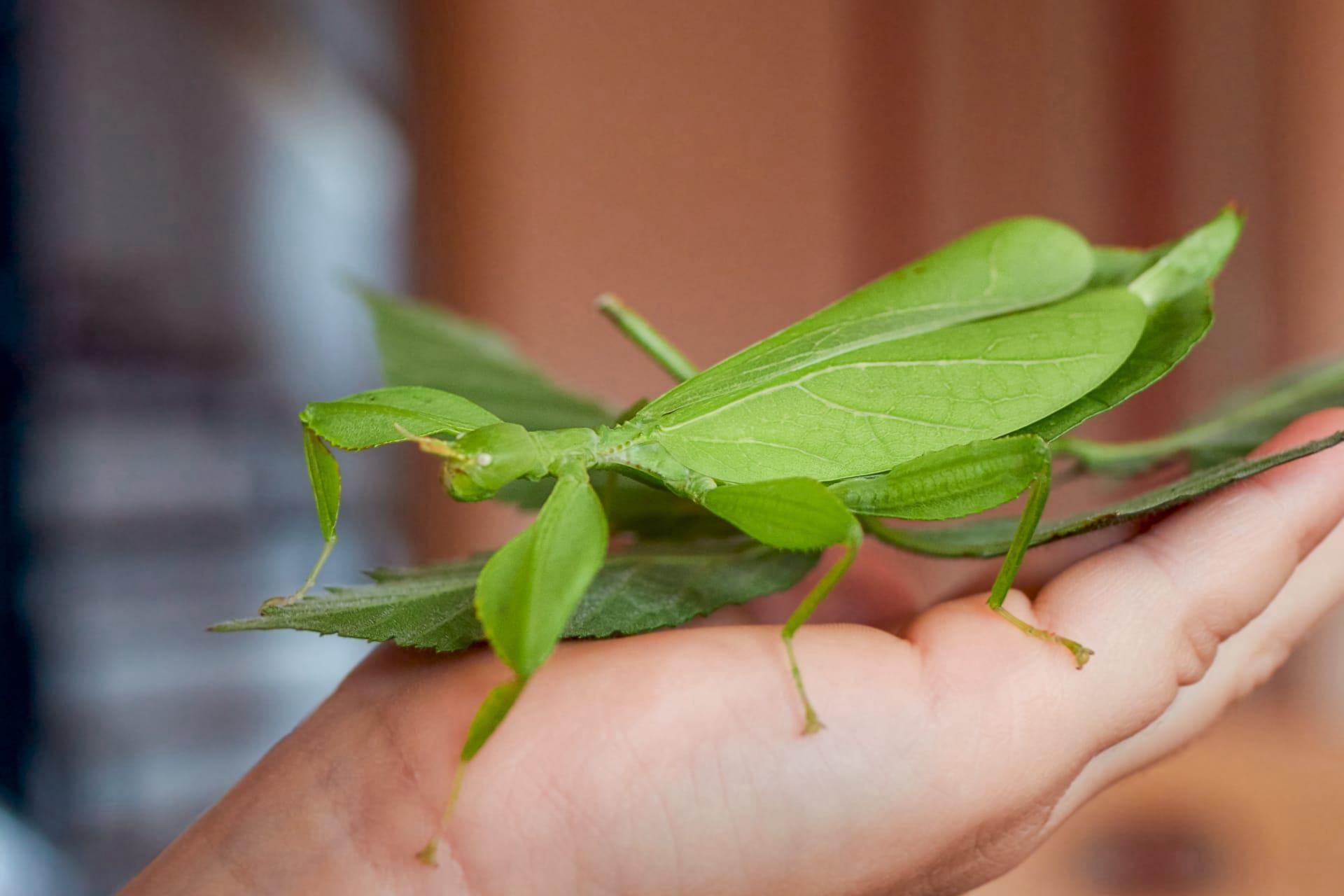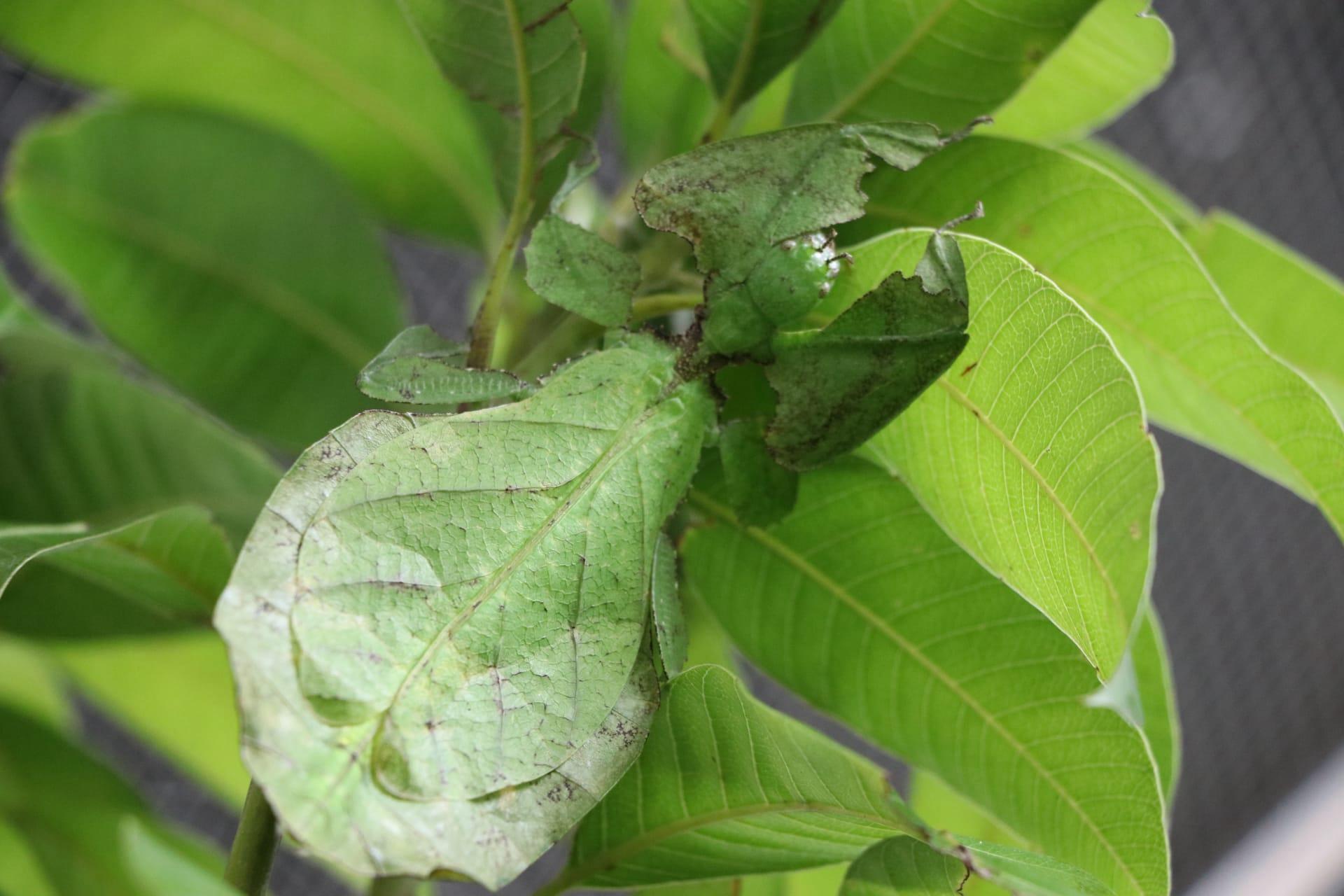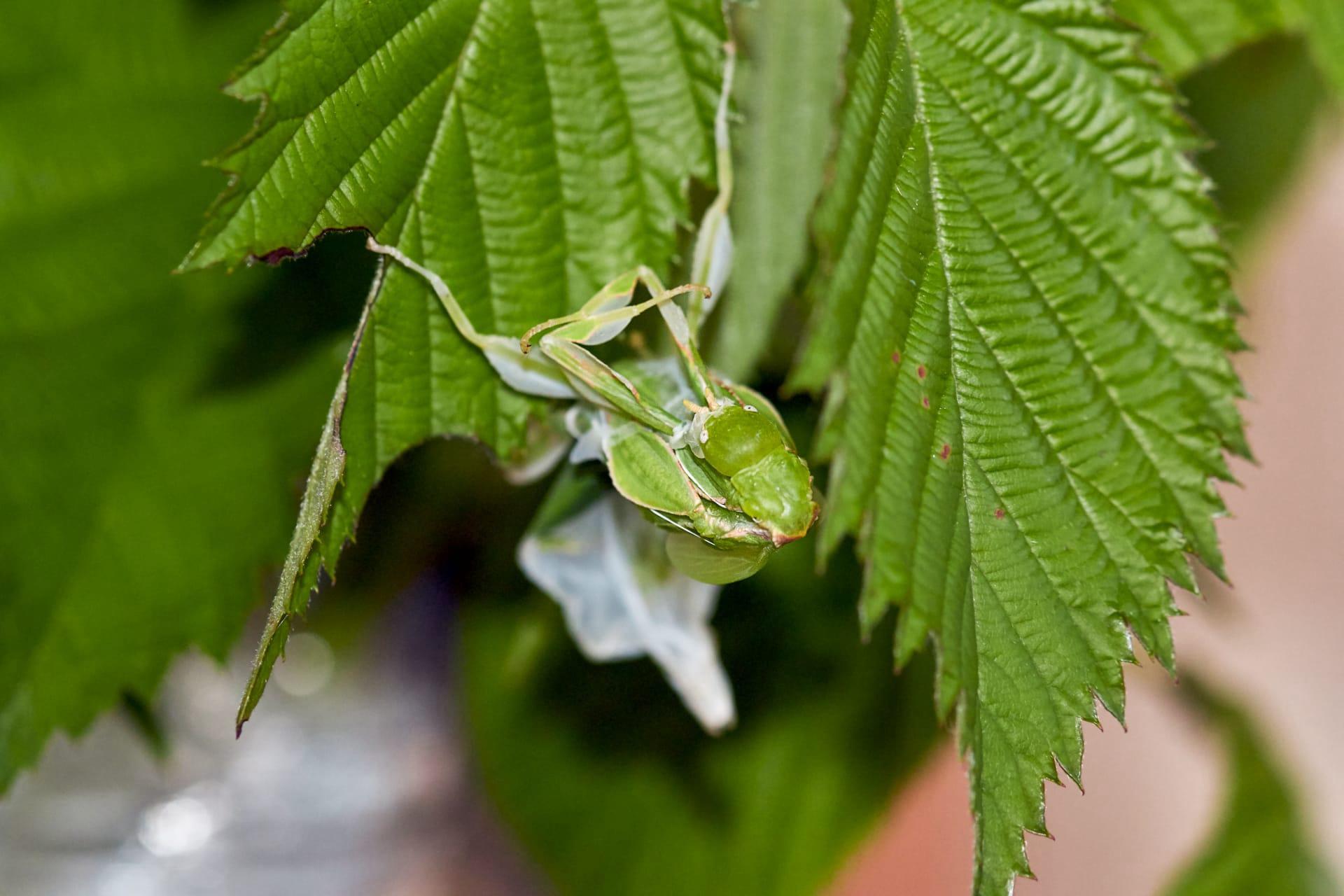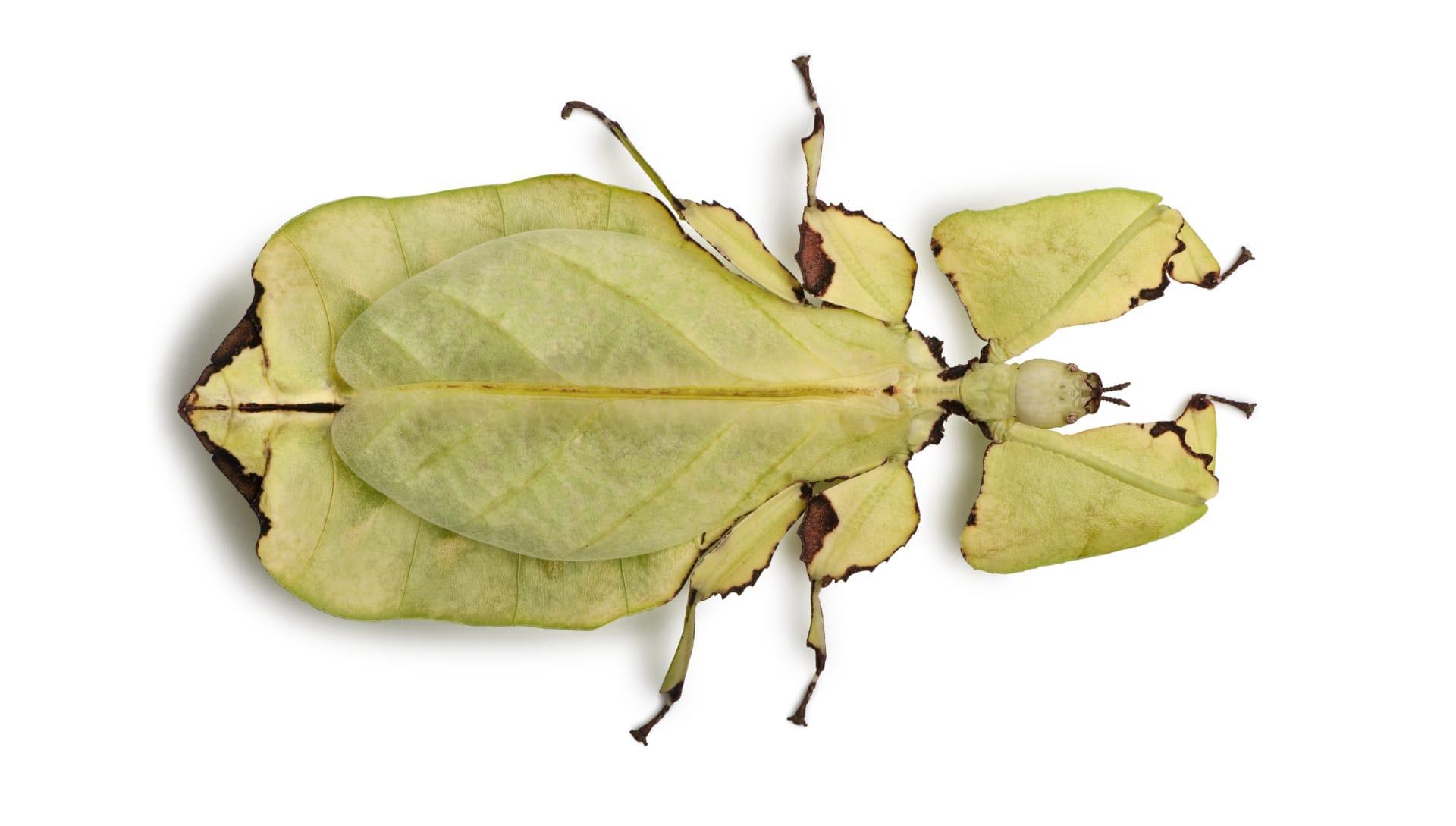Leaf Insect Trivia
- Home /
- Trivia Question /
- Animal /
- Leaf Insect Trivia
1
Question: What makes leaf insects so unique in their appearance?
Answer: Leaf insects are masters of camouflage, thanks to their remarkable body shape and coloration. They possess extremely flat, leaf-like bodies that mimic the veins and edges of leaves. This adaptation not only helps them blend into their surroundings but also deceives predators. For instance, the species Phyllium giganteum has a body length up to 4.3 inches (11 cm) and features detailed leaf-like patterns, including faux blemishes and spots, making it nearly indistinguishable from real foliage.
Question: How do leaf insects contribute to their ecosystem?
Answer: Leaf insects play a vital role in their ecosystems as both prey and consumers. By feeding on leaves, they help control plant growth and maintain the health of their habitats. Their presence also provides food for predators like birds and small mammals. The leaf insect's life cycle, which includes stages like egg, nymph, and adult, contributes to the nutrient cycle as each phase interacts differently with the environment.

2
Question: Is it true that all leaf insects are green?
Answer: Contrary to popular belief, leaf insects come in a variety of colors, not just green. While many species are indeed green to blend in with leaves, some can be brown, yellow, or even pinkish. This color variation helps them adapt to different environments and seasons. For example, the brown leaf insect (Phyllium bioculatum) has a brownish hue, making it more suited to blend in with dried leaves or branches.
Question: Do leaf insects have any natural predators?
Answer: Despite their impressive camouflage, leaf insects do have natural predators. Birds, lizards, and large insects like praying mantises can often see through their disguise. Predators rely on movement detection, changes in texture, and sometimes sheer luck to find and feed on leaf insects. However, the leaf insect's camouflage is highly effective, significantly reducing the chances of being spotted and eaten.

3
Question: How do leaf insects reproduce?
Answer: Leaf insects have an interesting reproductive strategy. Many species can reproduce both sexually and asexually, through a process called parthenogenesis. In parthenogenesis, females can lay unfertilized eggs that hatch into clones of themselves. This ability allows them to populate quickly in suitable conditions. However, sexual reproduction also occurs, ensuring genetic diversity within the population.
Question: What is the typical lifespan of a leaf insect?
Answer: The lifespan of leaf insects varies by species, but on average, they live for about 8 to 12 months. Environmental factors like temperature, humidity, and predation pressure can significantly influence their lifespan. In captivity, with optimal conditions, some leaf insects may live slightly longer due to the absence of predators and consistent access to food.

4
Question: Can leaf insects move quickly?
Answer: Leaf insects are generally slow-moving creatures, prioritizing stealth over speed. Their slow, deliberate movements mimic the swaying of leaves in the breeze, enhancing their camouflage. However, when threatened, some species can drop to the ground and remain motionless, resembling a fallen leaf, or quickly scurry to hide.
Question: How do leaf insects communicate?
Answer: Leaf insects primarily use visual cues and body movements to communicate. During mating rituals, for example, males and females engage in specific postures and movements. They lack vocal cords and don't use sound for communication. Instead, their survival strategy heavily relies on remaining unnoticed, both by predators and potential mates until it's time to reproduce.

5
Question: What do leaf insects eat?
Answer: Leaf insects are herbivores, feeding primarily on a variety of leaves. Their diet includes leaves from plants like guava, mango, raspberry, and oak. The specific diet can vary based on the species and their natural habitat. In captivity, they are often fed bramble, oak, or eucalyptus leaves.
Question: Are leaf insects solitary or social creatures?
Answer: Leaf insects are generally solitary creatures. They come together mainly for mating purposes. After mating, females lay eggs and provide no further care. The nymphs (young insects) are independent from birth, fending for themselves and employing their innate camouflage skills to avoid predators. This solitary nature is a crucial aspect of their survival strategy, as clustering together would increase the chances of detection by predators.